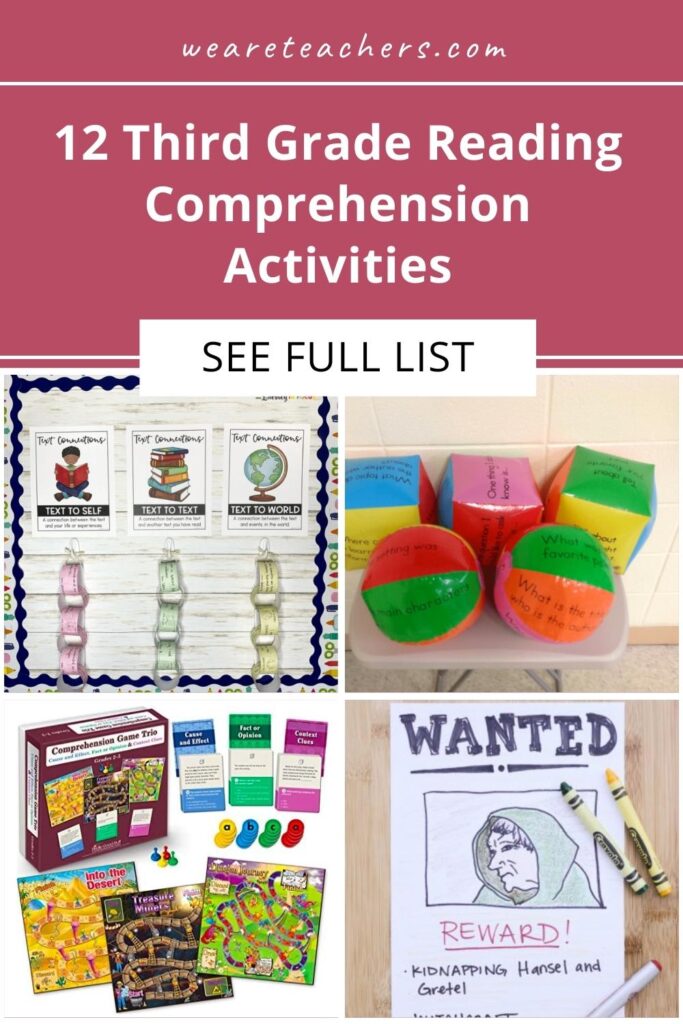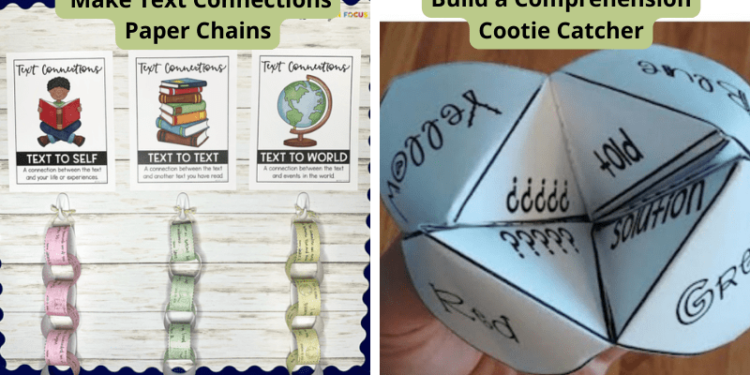By the third grade, most students are really starting to get the hang of reading. They are enthusiastic readers, with preferences for particular themes and genres and opinions about everything they read! Here are 12 third grade reading comprehension activities that will help them dig deeper into what they’re reading and build skills to carry them to the next level.
1. Build a Comprehension Cootie Catcher.
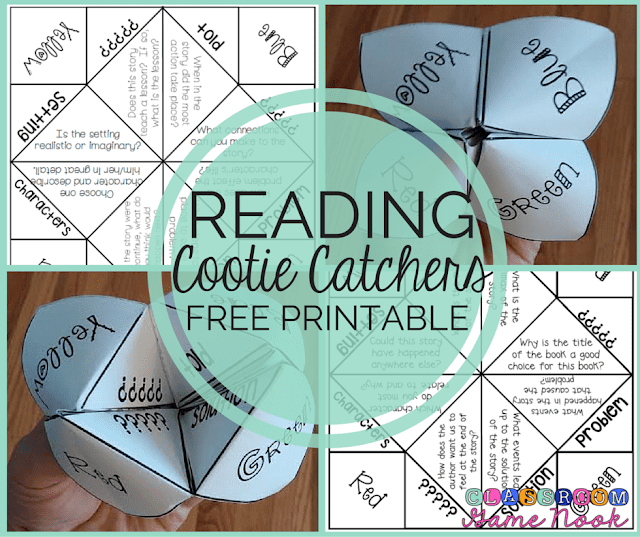

Turn reading comprehension into a fun game with these free cootie catchers. There are three different versions available, and each has questions that will help your students dig deeper into their reading. Each cootie catcher tackles elements of reading comprehension like character, plot, setting, problem, and solution, and the questions are general enough that they can be used with any book.
Source: The Classroom Game Nook
2. Play a round of Roll and Retell.
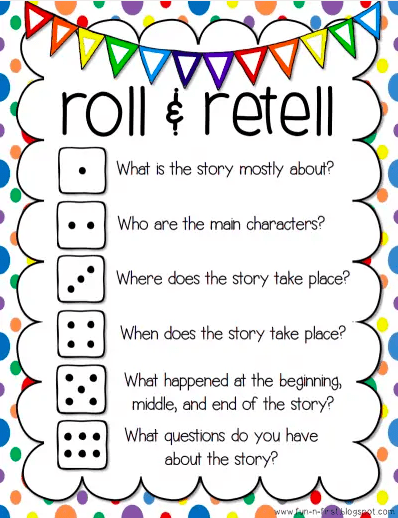

One of the best ways to help students build comprehension is giving them a chance to talk about what they’ve read. This is a fun game to play, and all you need is a pair of dice. Students can pair up and share information with one another about what they’ve read. Or they can work solo and roll the dice and write out their answers.
Source: Home School Giveaways
3. Make a paper chain of connections.
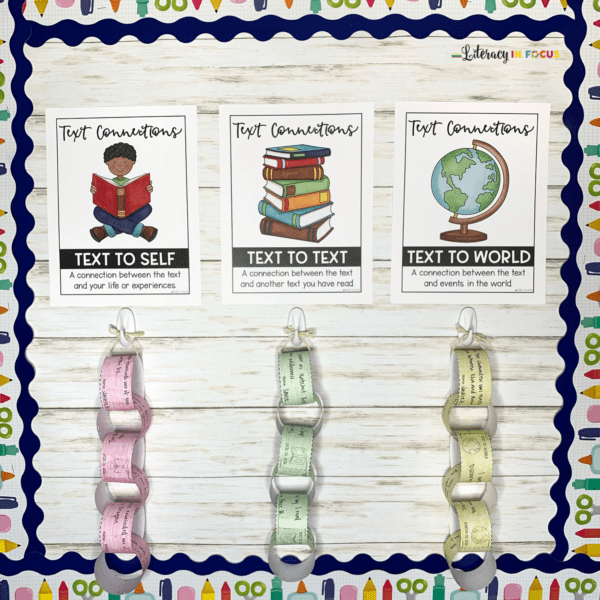

Good readers make connections as they read. Track your students’ connections with this engaging visual activity from Brooke at Literacy in Focus. First, students write their connections on colored strips of paper (each type of connection is made on a different color). Next, students link up their connections and attach them to the corresponding text-connections label or poster (see the example bulletin board at the link below). Links can be added throughout the year as new texts are read. The link-up activity makes a great visual representation of the entire text-connections process.
Source: Literacy in Focus
4. Build inference skills.
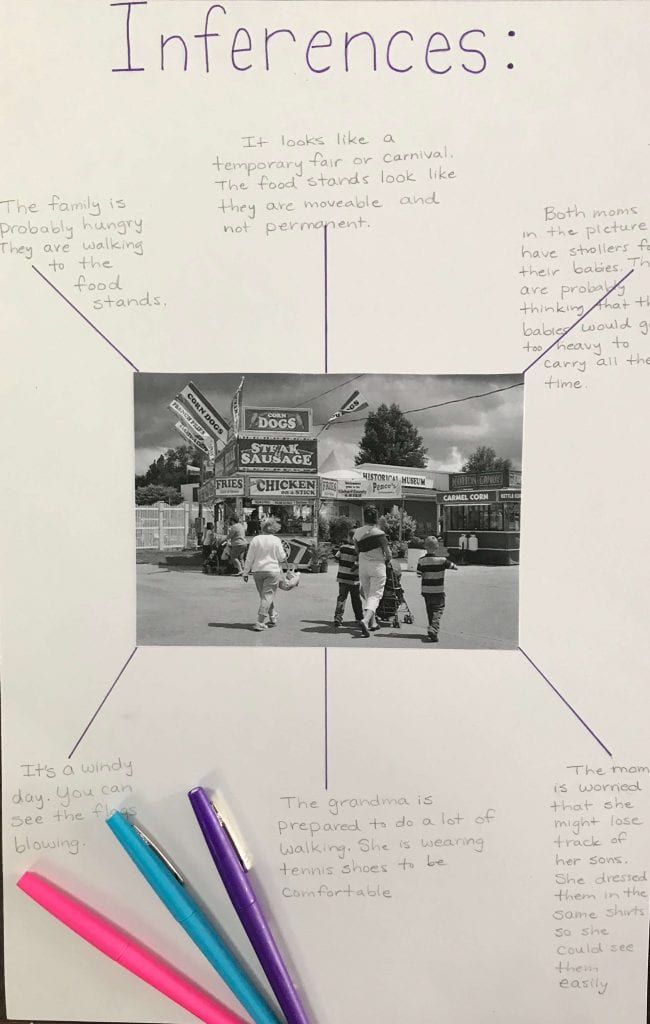

Check out this blog for eight fun activities to build students’ inference skills, including watching short films, reading wordless books, and using picture task cards.
Source: The Teacher Next Door
5. Bat around a beach ball.
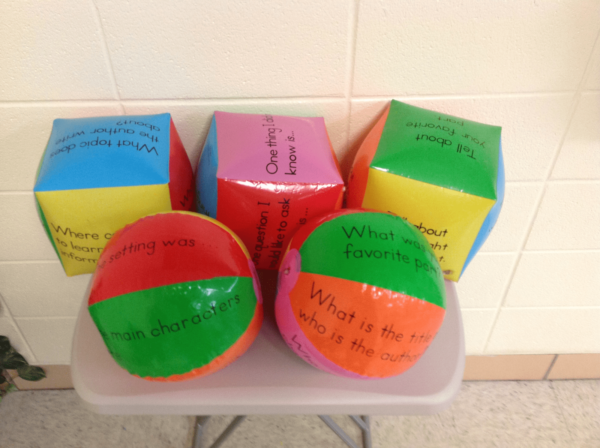

Using a Sharpie marker, write different questions for students to answer about the book they are reading. Hit different elements such as character, problem and solution, setting, connections, predictions, etc. Kids will have a blast batting the inflatables around as they build comprehension skills.
Source: Conversations in Literacy
6. Run a nonfiction relay race.
According to instructor Clio Stearns, Ph.D., “Kinesthetic games allow third graders to put their bodies to use alongside their minds and can be particularly helpful for students who do not like to sit still or who benefit from multi-sensory approaches to learning.”
One of her ideas for boosting reading comprehension is to run a nonfiction relay race. This activity is great after reading a nonfiction book or article together. Break students into teams and head to the gym or outdoors. Set up a racecourse, for instance 100 yards marked off by flags or one lap around the track. The first student on each team will run the course, and once they return, and before the next student in line can run, they must repeat one fact they learned from the reading. The first team to have all runners complete the course wins.
Source: First Cry Parenting
7. Hold a Book Character Day.
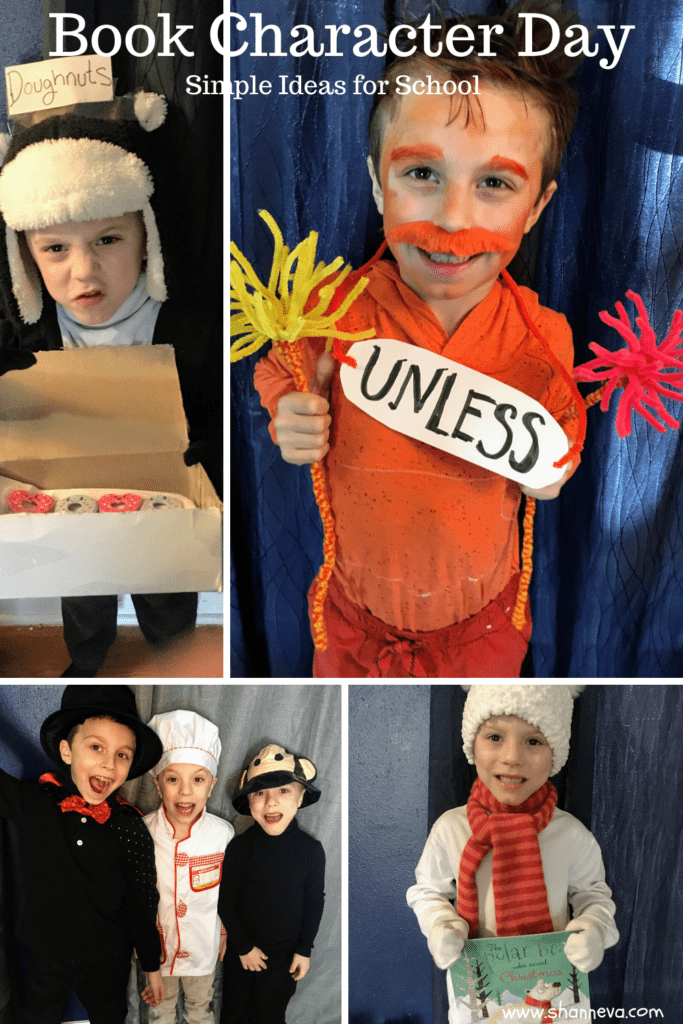

Kids love Book Character Day! It gives them a chance to show how much they really know about one of their favorite characters. Encourage them to dress as their character and carry props that are part of their story. Maybe they’d even like to act like, and talk in the voice of, their character. Be sure to set aside time for each student to tell their classmates about the character they chose and why.
Source: Shann Eva’s Blog
8. Retell a story with rock painting.
Take a classic childhood art project—rock painting—and add a story for a creative, engaging reading comprehension project. In this activity, children will read a book, then retell the story with pictures they have painted on stones.
Source: Education.com
9. Play a board game.
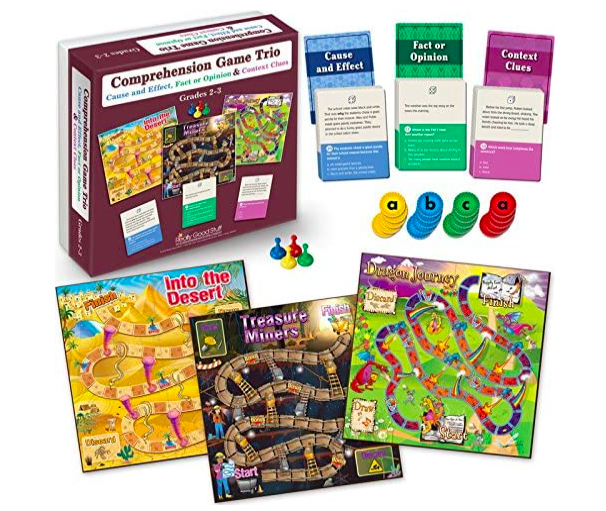

There are many fun games that boost literacy skills, including Scrabble, Story Cubes, Tall Tales, Headbanz, and more. Try this fun board game, available on Amazon, which has three different games that students can play to boost their reading comprehension. Put it on your classroom wish list!
Source: Amazon
10. Track your thinking with sticky notes.
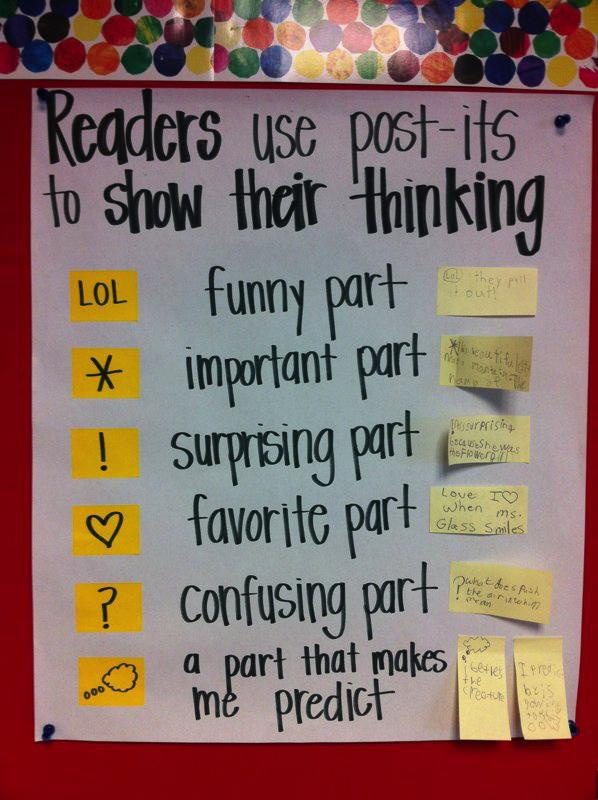

According to Home Reading Helper, one great way for students to remember and internalize what they read is by using sticky notes. Using these symbols as a guide, students place a sticky note with the appropriate symbol next to a line in a book to show their thinking as they read.
Source: RB Comprehension Strategies
11. Create anchor charts together.
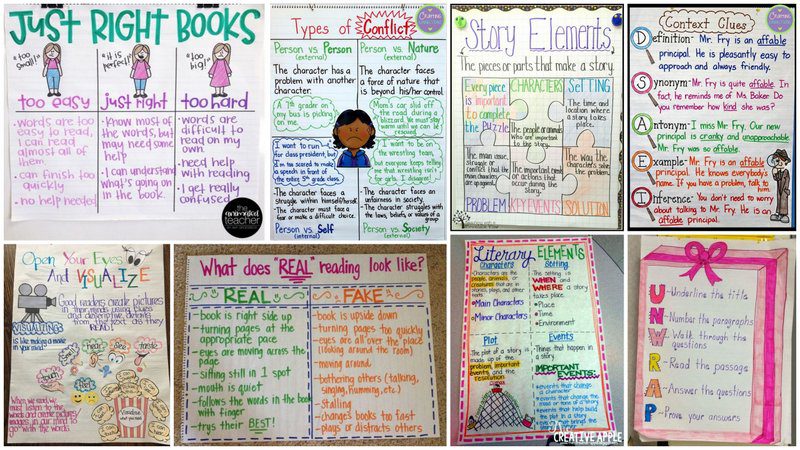

From marking a text to visualizing to understanding a character’s journey, we’ve got the best reading comprehension anchor charts for you! There are more than 35 colorful samples for you to build along with your students during direct instruction time.
Source: WeAreTeachers
12. Make “wanted” posters.


Your kids will love this fun writing and drawing activity that demonstrates their understanding of character development. After reading a story, kids will use what they know about the bad guy in a book to create a wanted poster.
Source: Education.com
Looking for more ways to encourage third grade reading comprehension? Check out our list of more than 60 best third grade books.
